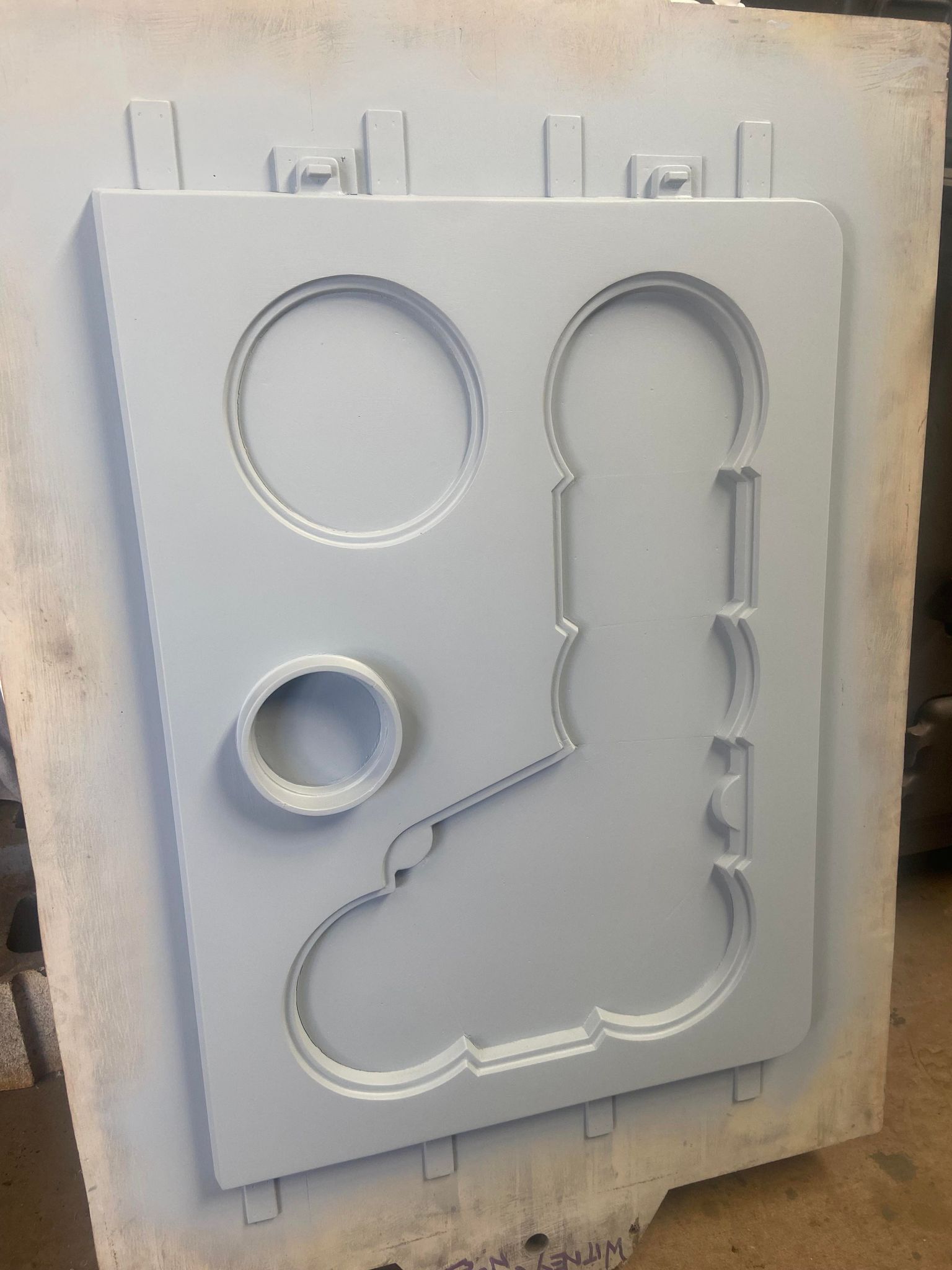In various industries, from automotive to manufacturing, the need for durable and precisely crafted parts is essential. Among the methods used for producing such parts, casting iron remains a staple, known for its strength, versatility, and cost-effectiveness. In this article, we delve into the intricate process of making new casting iron parts from patterns at a foundry, exploring the techniques, materials, and considerations involved in producing high-quality castings.
Understanding Sandcasting
Sandcasting is a widely used casting technique that involves creating molds made of sand to shape molten metal into desired forms. This process begins with the creation of a pattern, typically made of wood, metal, or plastic, which serves as a template for the final casting. The pattern is then placed in a box or flask filled with specially formulated casting sand, forming a cavity into which molten metal is poured.
Grey Cast Iron
Among the various types of metals used in casting, grey cast iron holds a prominent position due to its unique properties and widespread applications. Grey cast iron is characterized by its graphite microstructure, which gives it excellent machinability, damping capacity, and thermal conductivity. Commonly used in the production of engine blocks, pipes, and machine tools, grey cast iron offers durability and versatility in a variety of industrial settings.
Creating Patterns for Casting
The success of the casting process heavily relies on the quality and precision of the patterns used to create the molds. Patterns can be made from a range of materials, including wood, metal, and plastic, depending on the intricacy of the design and the desired durability. Skilled patternmakers meticulously craft patterns to exact specifications, ensuring that the final casting will meet the required dimensions and tolerances.
Pouring and Solidification
Once the mold is prepared and the pattern is securely in place, the next step is to pour molten metal into the mold cavity. The choice of metal alloy and pouring technique will depend on factors such as the desired properties of the final casting and the complexity of the part. As the molten metal fills the mold, it begins to solidify, undergoing a phase transformation from liquid to solid. During this process, factors such as cooling rate and metal composition influence the formation of microstructures and potential defects.
Removing the Casting
After the molten metal has solidified and cooled, the casting is ready to be removed from the mold. This process, known as breakout, involves breaking away the sand mold to reveal the newly formed casting. Care must be taken to avoid damaging the casting during breakout, as any flaws or imperfections can affect the final product’s quality. Once removed from the mold, the casting undergoes cleaning and finishing processes to remove any residual sand and achieve the desired surface finish.
Quality Control
Quality control is a critical aspect of the casting process, ensuring that each casting meets the required standards for strength, dimensionality, and surface finish. Inspectors carefully examine each casting for defects such as porosity, shrinkage, and surface irregularities, using a combination of visual inspection and non-destructive testing techniques. Measures such as process optimization and material testing help to improve quality and consistency, minimizing the risk of defects and ensuring customer satisfaction.
Conclusion
The process of making new casting iron parts from patterns at a foundry is a complex yet rewarding endeavor that requires skill, precision, and attention to detail. From patternmaking to quality control, each step plays a crucial role in producing high-quality castings that meet the demands of modern industry. As technology continues to advance, the art of foundry work remains an essential component of manufacturing, preserving a tradition of craftsmanship and innovation that spans centuries.
Recent Posts
Introduction Wood stoves have long been an integral part of Australian homes, offering warmth, ambiance, and a reliable heating source during cold seasons. With the growing appreciation for...
Introduction Vitreous enamel coatings play a vital role in enhancing the performance, aesthetics, and longevity of wood stoves. Derived from a fusion of glass and metal, vitreous enamel provides a...

